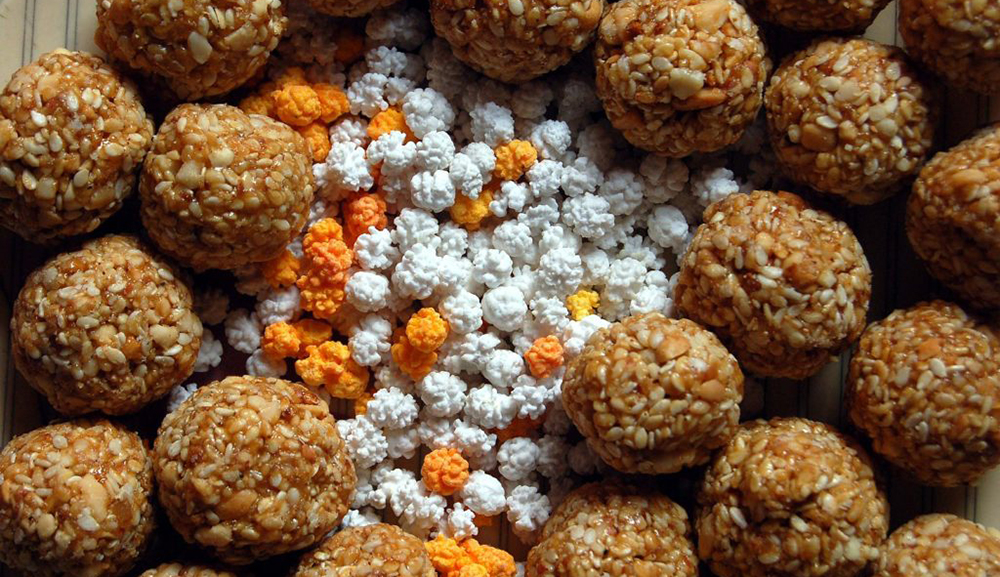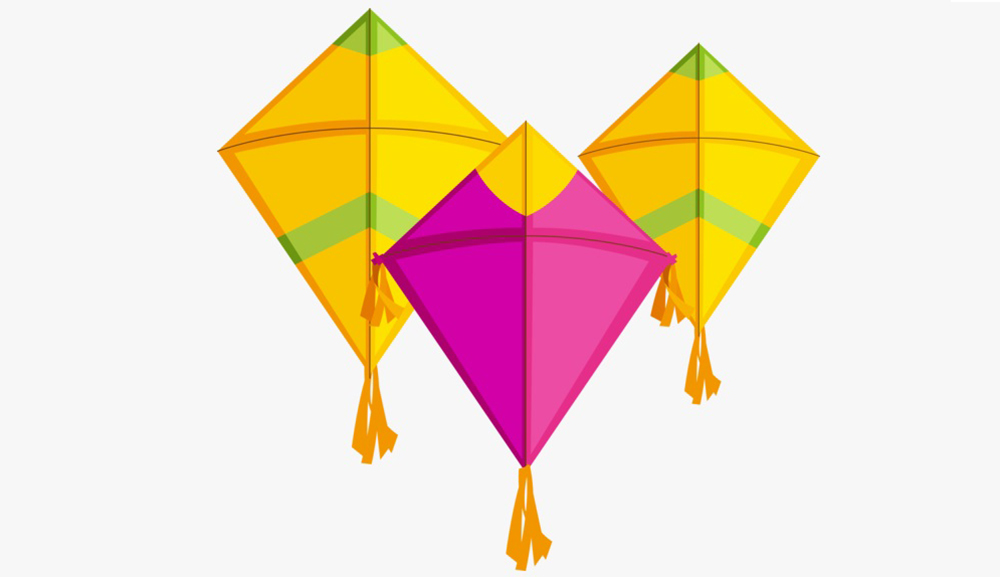Makar Sankranti is one of the most auspicious occasions for the Hindus, and is celebrated in almost all parts of India and Nepal in a myriad of cultural forms, with great devotion, fervour, and gaiety. It is celebrated on 14th January.
It is the day when the Sun begins its movement away from the tropic of Capricorn and towards the northern hemisphere and thus it signifies an event wherein the Sun-God seems to remind their children that 'Tamaso Ma Jyotirgamaya'—may you go higher and higher, to more and more Light and never to Darkness.
According to the Puranas, on this day Surya (Sun) visits the house of his son Shani (Saturn), who is the lord of the Makara rashi (Capricorn). Though the father and son duo did not get along well, the Surya made it a point to meet his son on this day. He, in fact, comes to his son's house, for a month. This day thus symbolises the importance of the special relationship between father and son.
Dadashri Says:
The main motive behind Makar Sankranti is not just flying kites. Besides the enjoyment by flying kites, we get Vitamin D, a medicine for many diseases by sun. The nature produces ayurvedic medicines according to the seasons. In order to get rid of cold, we get a chance to take sun bath on this day. The rays of sun when falls in our eyes heals all the minute diseases.

Another motive behind Makar Sankranti is eating Taal’s Laddu. Taal is considered the best medicine in this season.
It is likely that the inspiration for the kite came from ancient Chinese watching the effect of the wind on leaves, bamboo hats or sails. Certainly the Chinese were using wind sails before the kite was invented, and it is possible the kite came about when a wind sail became loose and floated up into the air still attached by one rope. But there are so many contradictory views that it is difficult to decide which is correct. However, whatever it was that inspired the kite, it is believed that the very first kite was made by Mo Di (468-376 BC), a famous philosopher who lived on Mount Lu Here he made an eagle with wood in three years. After his three years of effort he managed to fly it for just one day. So the kite has a history of some 2,300 years. The story is that he passed his skills onto his student, Gongshu Ban (or Lu Ban) who improved on the design. Gongshu Ban made a kite in the form of a magpie, using bamboo and silk. With this improved design it is said that he managed to fly the kite for three days continuously.
There is a wide variation in the celebration of Makar Sankranti thoughout India, in particular the name.
- In Gujarat and Maharashtra, Makar Sankranti is a festival of the young and the old. Colourful kites are flown all around.
- In Punjab, Makar Sankranti is called Lohri. December and January are the coldest months of the year in Punjab and huge bonfires are lit on the eve of Sankranti.
- In Uttar Pradesh, this period is celebrated as Kicheri. It is considered important to have a bath on this day.
- In Southern India it's the harvest festival Pongal and lasts for 3 days.

General safety issues
There are safety issues involved in kite-flying, more so with power kites. Kite lines can strike and tangle on electrical power lines, causing power blackouts and running the risk of electrocuting the kite flier. Wet kite lines or wire can act as a conductor for static electricity and lightning when the weather is stormy. Kites with large surface area or powerful lift can lift kite fliers off the ground or drag them into other objects. In urban areas there is usually a ceiling on how high a kite can be flown, to prevent the kite and line infringing on the airspace of helicopters and light aircraft. Some more safety measures are:
- Eyes are the diamonds: Take proper care of your eyes. Wear sunglasses/goggles while flying or even standing at the terrace. Make sure you have covered up your body well.
- Be aware and alert every time, even at the time of final war with your opponent. Your billion dollar worth life is much more costlier that a two rupees kite. Don’t rush here and there to catch kites. Don’t fly kites by standing in narrow spaces or near the terrace borders.
- Take regular water in-take and fruits and routine food; don’t neglect it in joy of kite flying. It will really help you in flying even higher. (I promise!)
- Do not over shout during kite wars; take care of your throat.
- Do not eat too oily food.
- Wear sunglasses, sweater, muffler etc. if it is cold.
- Do not take risk in catching kites.
- Do not cross terrace borders/galleries border to collect kites.
- Do not try to collect kite from electric poles.
- Drive slowly. Especially when riding bikes, scooters… The thread from a kite can cause you serious damage.
- Pay attention to your kids; do not allow them moving out of your observation.
- Take care of flying birds, try not to fly kite around their flying side, your kite thread could kill them immediately. In case of birds causality, contact immediately birds doctor. There are many NGOs offering immediate treatments to injured birds. Contact them.